
views
Maneuvering the Sled
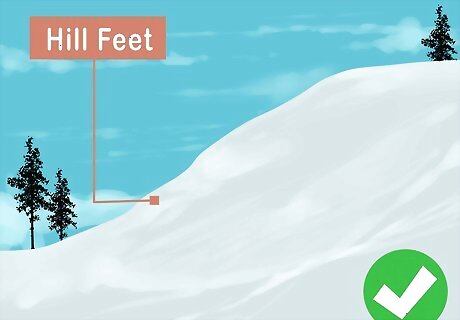
Sled down the hill, feet first. Sledding down the hill head first makes it harder to steer and leaves your skull vulnerable to impacts if you fall off the sled. Instead, sled down the hill feet first to stay safe.
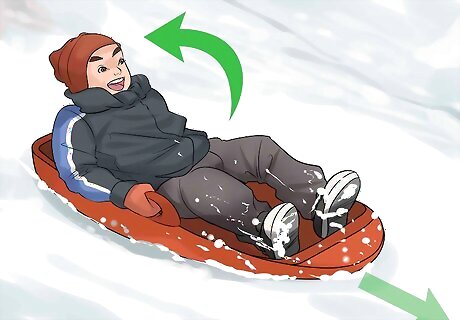
Lean on the back of sled to slow down. While you are on a hill, leaning backward in a toboggan, sled, or saucer will slow you down. You can also pull back the sled's steering strings to help you decelerate.

Stick your heels into the surface of the snow to steer. When using a toboggan or traditional sled, you can steer using your feet. Stick your left heel softly into the snow to turn left or stick your right heel into the snow to turn right. Make sure that you are using your heel, and not your toes or your feet may get caught in the snow. Do not dig your feet deep into the snow or you may hurt yourself. If you want to slow down or stop, you can put both heels into the snow. Don't plant your toes into the snow when on an incline or you may flip your sled over or injure yourself.

Bail out of the sled if you are going to hit something. If you are going to hit a tree or rock, it's better if you bail out of the sled instead of hitting it. To bail out of the sled, cover your head and eyes with your arms and roll out of the sled. Make sure that there are no people sledding behind you, or else they may run you over when you bail.
Finding a Good Sledding Location
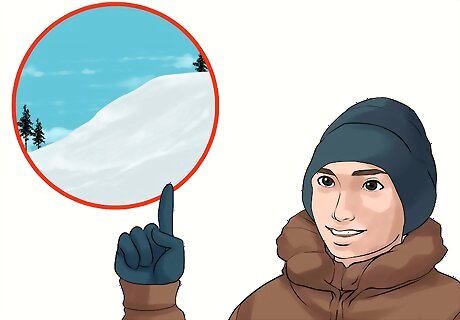
Choose a hill in the neighborhood. When looking for a good sledding hill, you'll want to make sure that it isn't too steep and is free of obstructions like rocks, trees, or shrubs. You'll also want to ensure that the hill doesn't lead into any roads or parking lots. Avoid icy hills. Get permission first if the hill isn't on your property.

Go to a local park. Many local parks have hills that are perfect for sledding. Do a search online to find parks near you. Go to the park after it snows to see if other people are sledding to get ideas.

Pay to go tubing. Certain ski and snowboarding parks will also have tubing available for a fee. If you don't feel like purchasing a sled, these parks are an excellent option. Typically tubing hills will allow you to rent a tube and buy tickets to sled.
Picking the Right Sled

Follow the age recommendations. Simple sleds that are made for young children are often easier and more intuitive to maneuver, while more elaborate sleds, like tubes, could make steering a sled difficult. If you are purchasing a sled, make sure to follow the recommended age restrictions on the packaging.

Choose a toboggan for control and affordability. Toboggans are flat with a curved front and are usually made of wood. Toboggans are an excellent choice if you have younger children who need supervision when going down the hill because they usually fit more than one person. You can use your feet to help steer your toboggan.

Purchase a plastic sled or saucer if you're on a budget. Plastic sleds and saucers are usually the most affordable sleds that you can get. These sleds break easily and are the hardest to steer and control. Consider these sleds if you're on a limited budget.
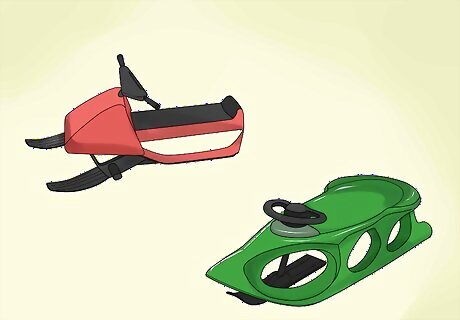
Get a steerable sled if you have experience sledding. Steerable sleds offer the most control over the sled if you know what you are doing. If you are a sledding veteran and don't mind paying a bit more for your sled, this is a great option. Steerable sleds will usually have a lever or steering wheel that will help you control your sled.
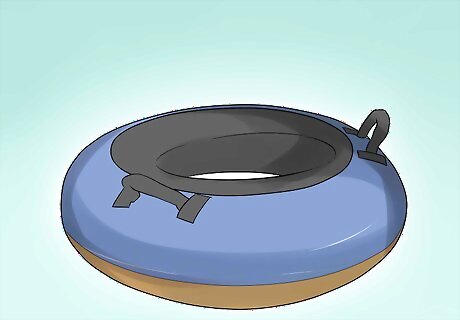
Get a snow tube for maximum speed. Snow tubes are among the fastest sleds but are also the hardest to control. Typically, you should avoid using a snow tube unless you are sledding down a designated hill or at a snow park.
Staying Safe

Sled during the daytime. Reduced visibility can be dangerous and cause someone to lose control of their sled. Avoid sledding at night unless the hill is well-lit and free of obstructions. If you are sledding at a commercial sledding hill, then there should be plenty of lighting to keep you safe.
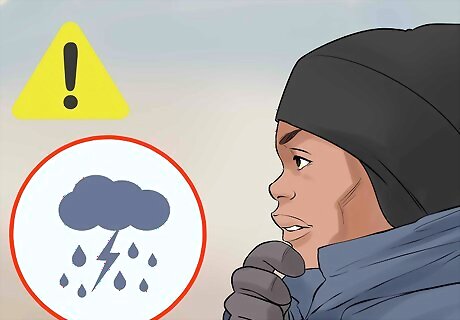
Pay attention to the weather conditions. If there is a snow storm or limited visibility, it could make sledding unsafe. Also, ice buildup on a hill can make it dangerously slippery and not ideal for sledding. Make sure to take note of the environment, and leave the hill if the weather gets too severe.

Avoid the people around you. When sledding, it's important that you keep track of other people sledding around you. When you get to the bottom of the hill, move out of the way so that other people don't sled into you. Similarly, don't point your sled in anyone's direction when you are sledding.
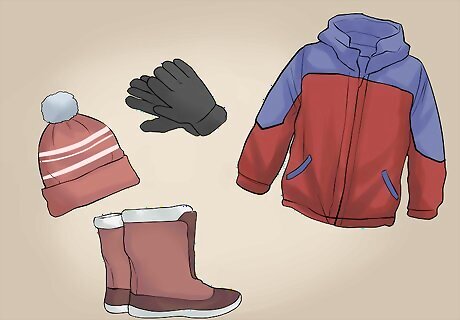
Wear warm clothing. When you go sledding, it's important that you protect yourself from the cold. Wear gloves, a hat, winter jacket, winter boots, and warm pants. Make sure that your winter gear is waterproof so that it doesn't get soaked after sledding. Avoid wearing loose scarves or anything else that can be snagged while sledding. Extended exposure to cold without the proper attire can lead to frostbite.
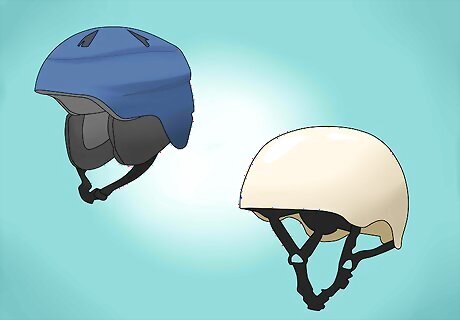
Wear a helmet. A helmet will protect your head if you fall off your sled while you are sledding. Get a helmet that is made specifically for winter sports for the best protection. If you don't have access to a winter sports helmet, you can wear a biking or skateboarding helmet instead.
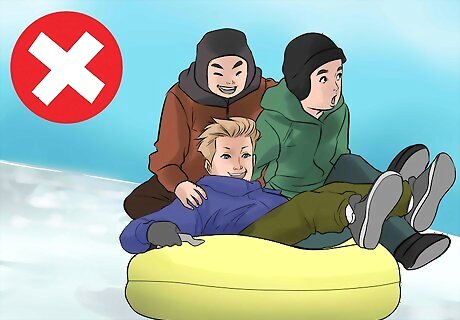
Don't overfill the sled with people. You shouldn't try to fit more people in the sled than are specified in the sled's instructions. If your sled is made for one person, make sure that only one person is going down the hill at one time. There are some sleds that are made for two or more people.

















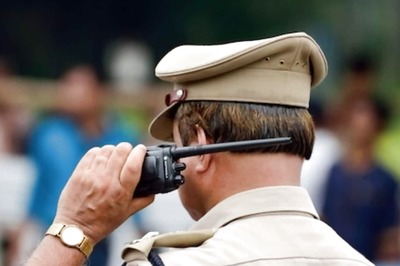


Comments
0 comment